
PepsiCo, Inc. (PEP)

PepsiCo's Earnings Top Projections; Walmart's Schmitt to Take Over as CFO
PepsiCo (PEP) posted quarterly earnings slightly ahead of analysts' expectations and announced a new chief financial officer Thursday.

PepsiCo's Plan to Boost Lay's Sales: ‘Real Potatoes'
The soda and snacks giant is giving products a MAHA-era makeover with natural ingredients.
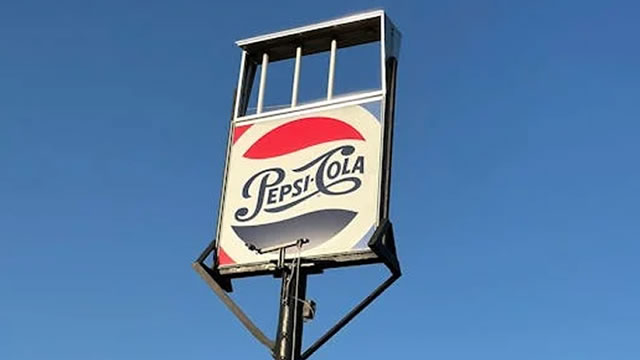
PepsiCo Stock Rises After Earnings Beat and It Names New CFO. What to Know.
The company named Steve Schmitt as its new chief financial officer effective Nov. 10.
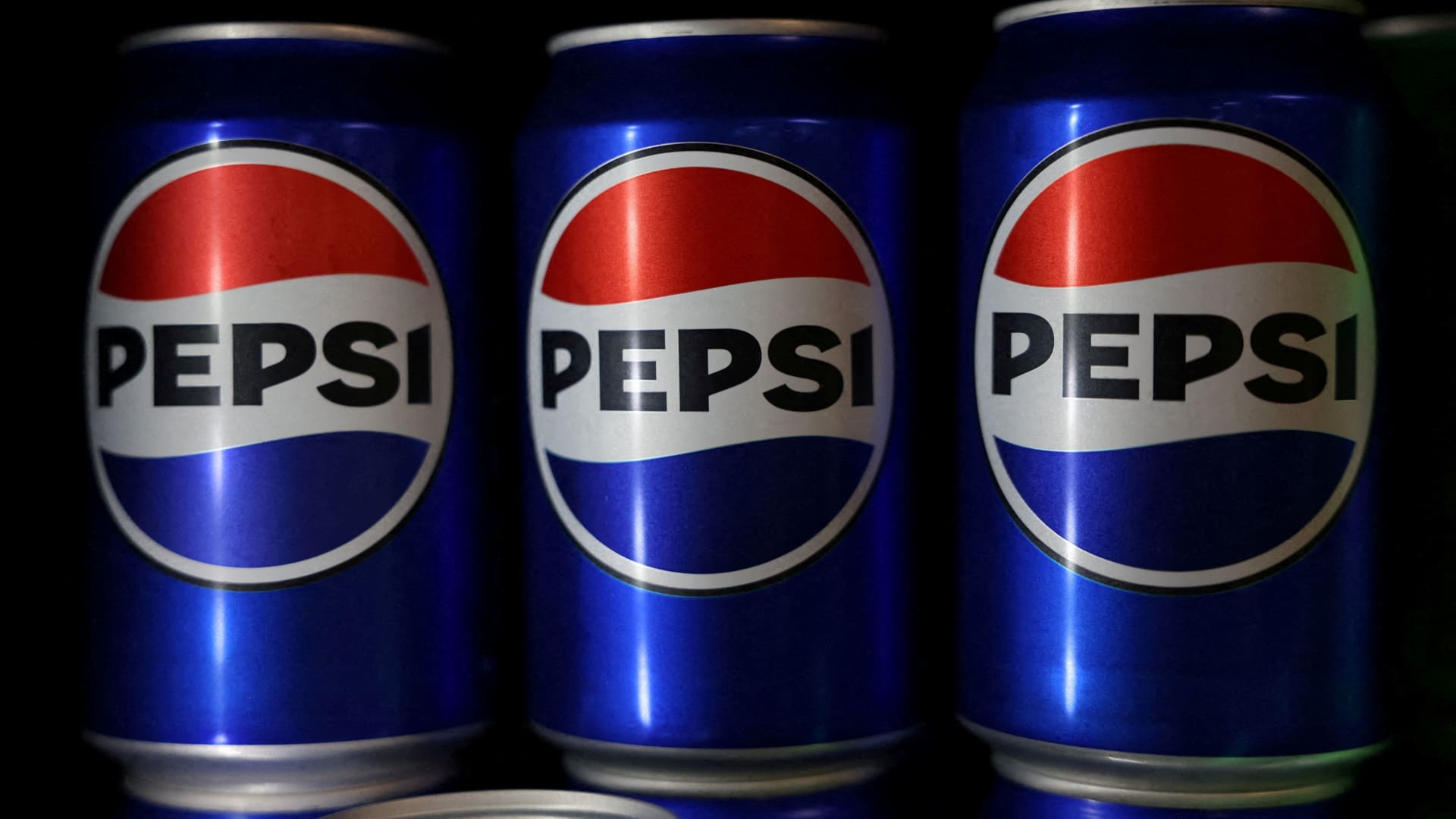
PepsiCo earnings top estimates as international markets fuel sales growth
PepsiCo reported fiscal third-quarter earnings and revenue that topped Wall Street's estimates. The food and beverage giant reiterated its full-year forecast.
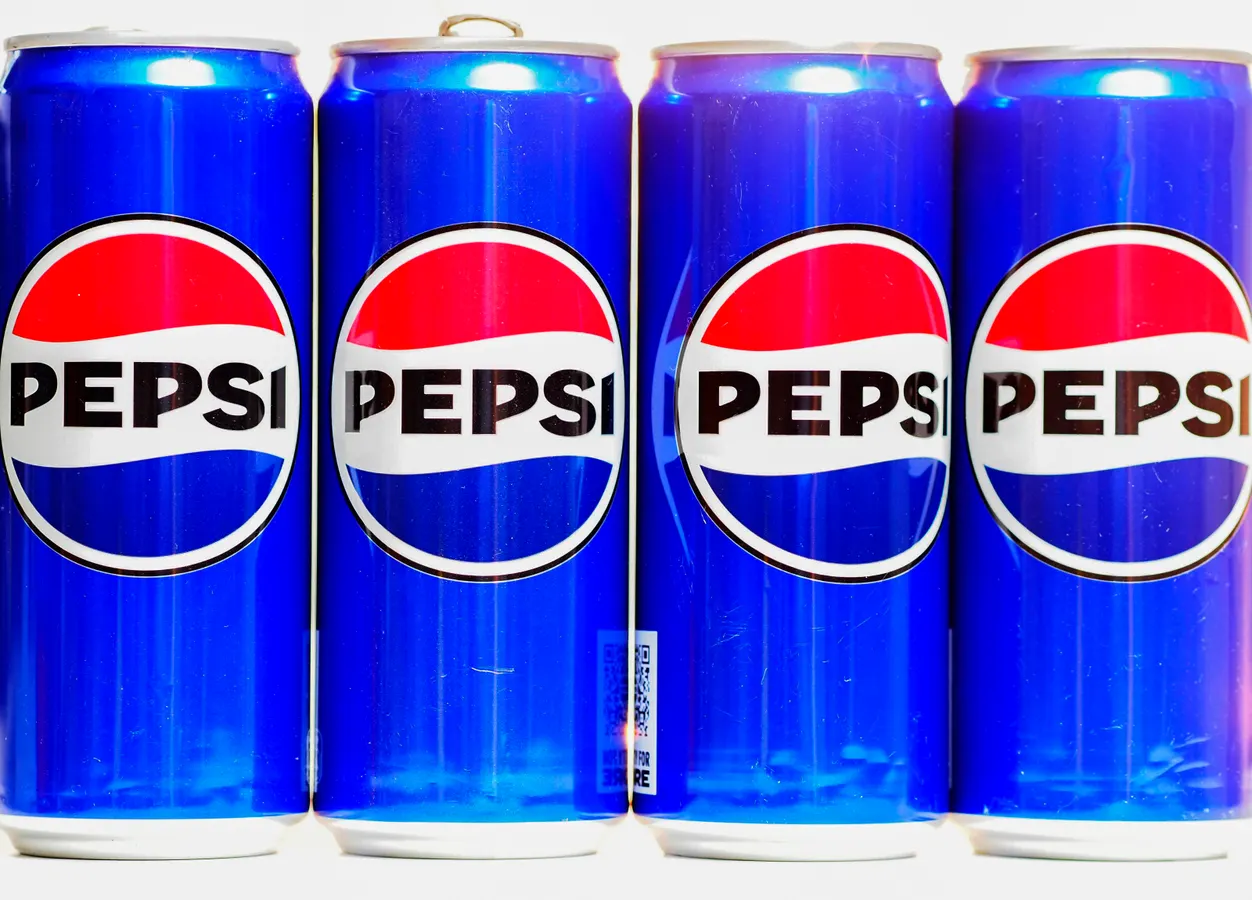
PepsiCo: Buy PEP Stock Ahead Of Its Earnings?
PepsiCo (NASDAQ:PEP) is slated to announce its earnings on Thursday, October 9, 2025. For traders focused on events, comprehending past stock trends can provide a significant advantage, irrespective of how the actual results compare to consensus forecasts.
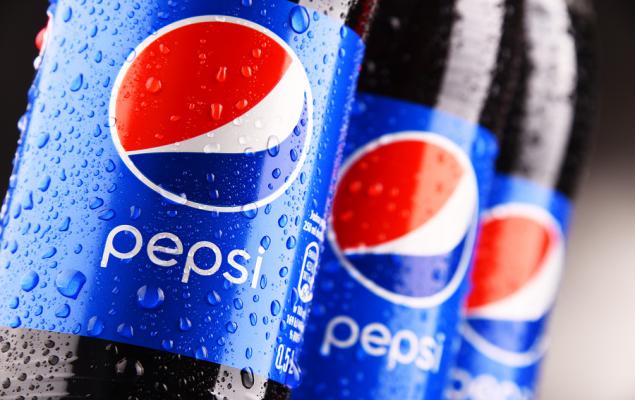
PepsiCo Sees Momentum Pre-Q3 Earnings: Is This the Right Time to Buy?
PEP's Q3 outlook shows strength in beverages and global markets, but rising costs may pressure margins despite solid execution.

PepsiCo (PEP) Expected to Beat Earnings Estimates: Should You Buy?
PepsiCo (PEP) possesses the right combination of the two key ingredients for a likely earnings beat in its upcoming report. Get prepared with the key expectations.
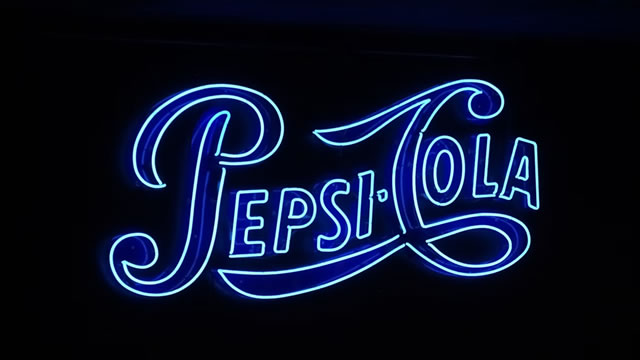
PepsiCo snack division challenges hard to digest: analysts
PepsiCo Inc (NASDAQ:PEP, ETR:PEP) is facing another difficult quarter due to continued sluggish topline results in North America as snacking volumes remain challenging, RBC Capital Markets analysts wrote in a note to clients on Thursday. In “dissecting PepsiCo's Snack's problem one chip at a time,” the analysts believe the company's Frito-Lay division has three main issues: price points; under indexed to growing parts of the snacking wheel; and lack of exposure to protein.
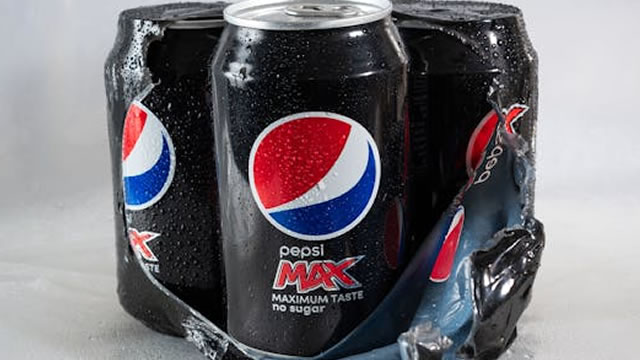
PepsiCo Q3 Earnings Preview: Low Estimates, Elliott's Activism, And The Health Focus
PepsiCo has faced a challenging 2025, underperforming the S&P 500 and grappling with negative sentiment around consumer trends and weight-loss drugs. Elliot Management's $4B investment signals belief in a turnaround, pushing for cost cuts, brand focus, and a potential bottling spin-off to emulate KO's model. Q3 2025 is pivotal for PEP, with investor focus on management's response to Elliot's proposals and progress in healthier product offerings like Poppi and prebiotic sodas.
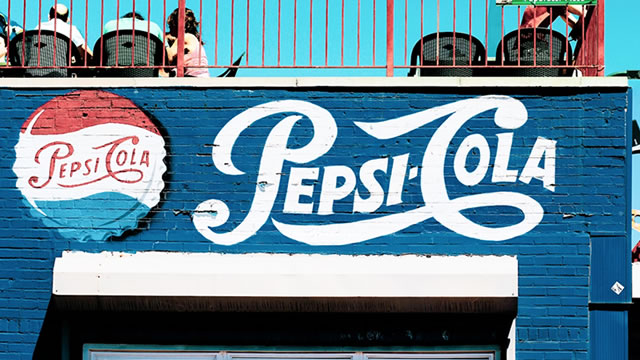
Buy Wide-Moat PepsiCo: Activist Involvement Is Icing On The Cake
PepsiCo has underperformed the S&P 500 and key peers over 5- and 10-year periods, with notably lower total returns. Despite recent struggles, PepsiCo maintains a wide moat due to its strong brands, global reach, and pricing power. Key investment thesis: PepsiCo's enduring strengths and operational scale position it for a turnaround, making it an attractive buy now.
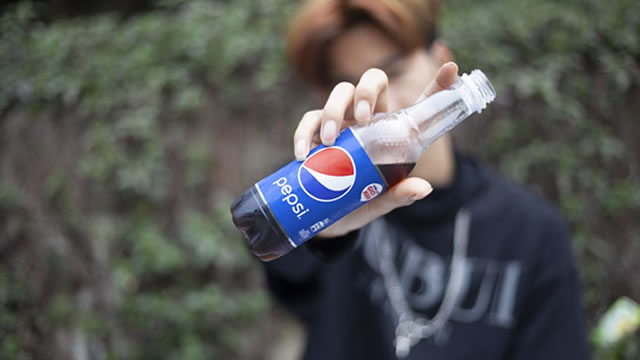
PepsiCo Is Still Priced Like It's 2009
PEP's valuation remains at 2008-2009 levels, offering an attractive entry point despite recent price recovery. PepsiCo's strong Q2 earnings beat expectations, signaling its strategic turnaround is gaining significant traction. Q2 earnings showed resilience, with revenue growth and a better-than-expected EPS decline, alleviating previous market fears. PepsiCo is poised for continued outperformance as North American business metrics improve and market share grows in high-margin channels.
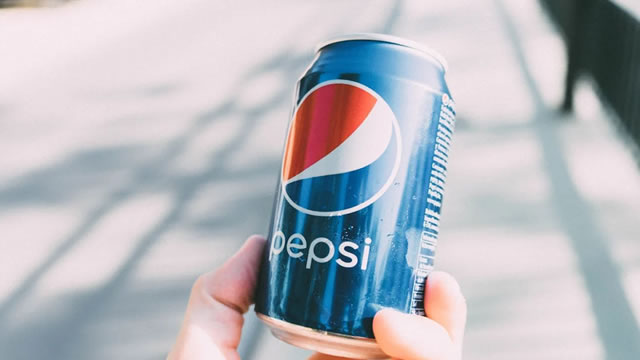
PepsiCo Showcases Emerging Market Growth: Sustainable or Cyclical?
PEP's emerging market gains are turning profitable, but sustainability hinges on innovation and resilience amid global headwinds.







